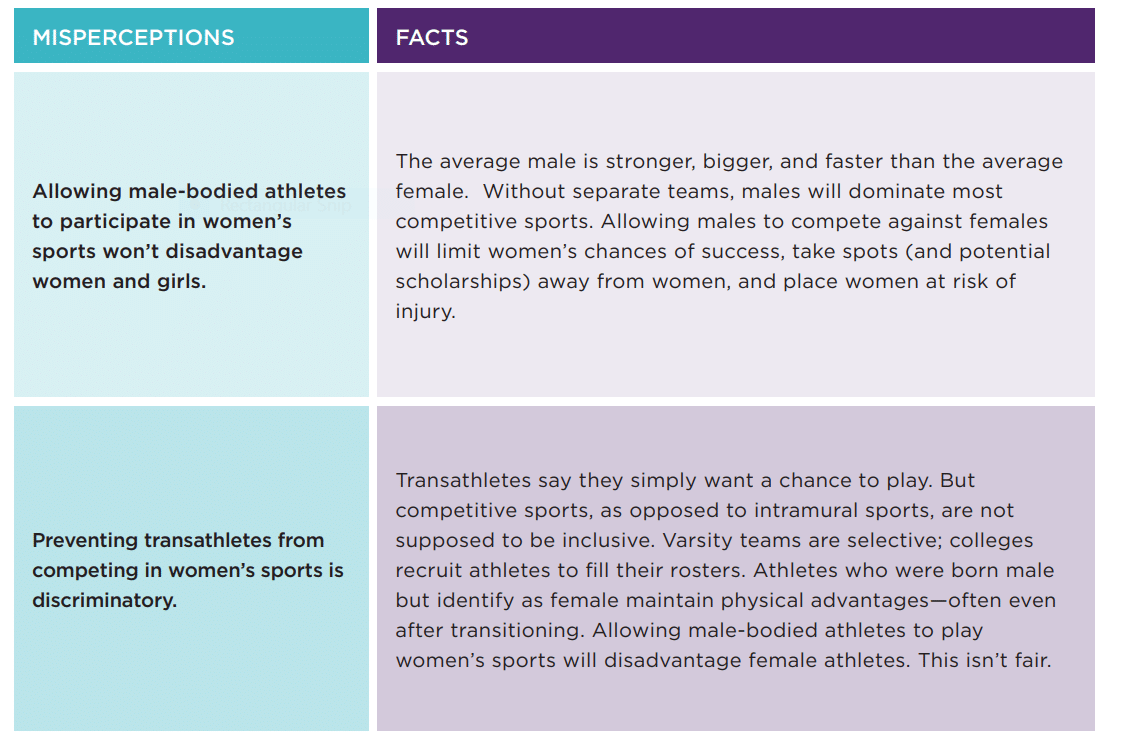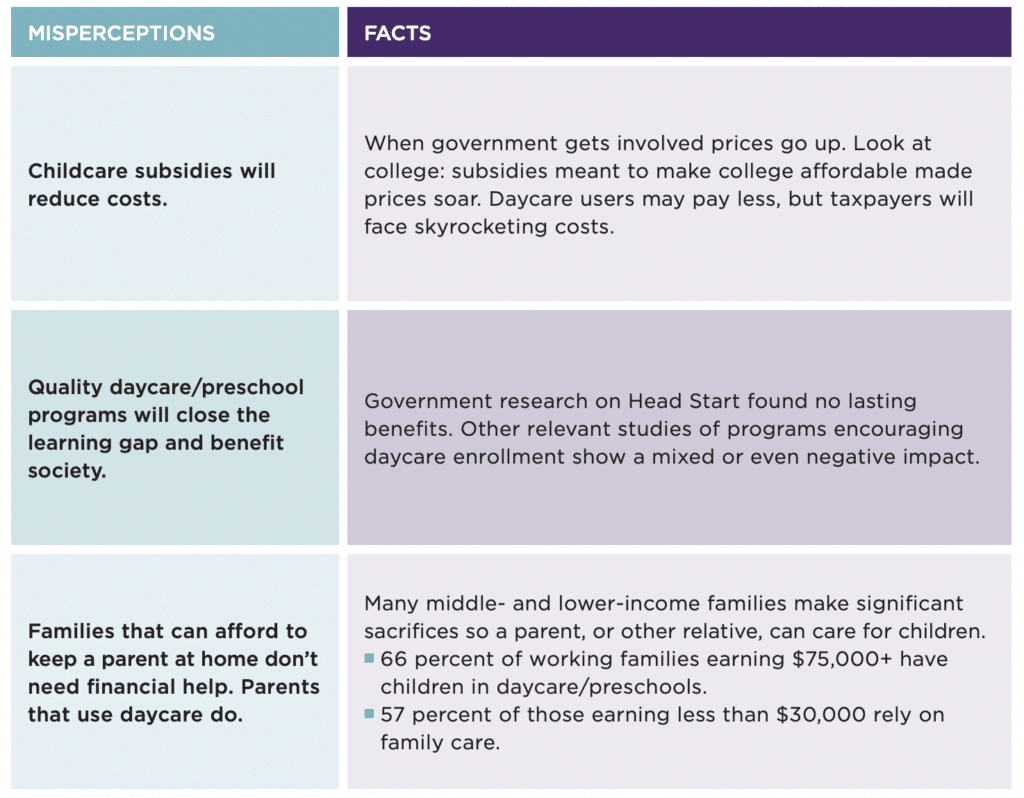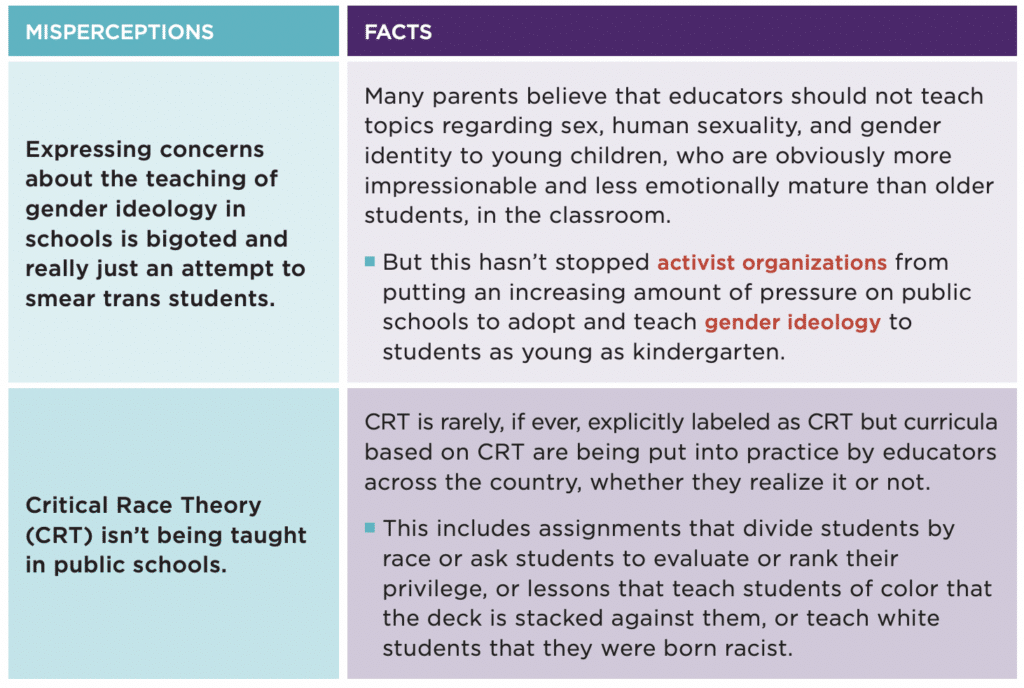*PDF Download: Refusal to Sign Code of Conduct Email
In the recent past, the code of conduct issued by your local school district was used to simply state common sense rules. But no longer.
Now, school districts across the country incorporate political messages into these documents, which are used to indoctrinate students. While simple rules, like “don’t hit each other” and “wear appropriate clothing,” can be found in these codes, they are now often accompanied by other stipulations that violate students’ constitutional rights.
So-called “equity” initiatives include bias incident reporting systems, penalties for “misgendering” and “deadnaming” students, and include extremely narrow interpretations of what constitutes “hate speech.”
I object to these documents being used to indoctrinate children in taxpayer funded public schools and therefore refuse to sign this code of conduct.
Here’s the template letter:
Dear [Insert Principal’s Name],
This email is to inform you that we will not be signing the district’s code of conduct because it violates students’ rights.
Mandating preferred pronouns that are contrary to a student’s biological
sex is in violation of the 1st Amendment. Bias incident reporting systems, also detailed in our district’s code of conduct, restrict free speech and are being challenged in courts across the country. Finally, our district’s policy that bathroom and locker room use is based on gender rather than sex is a serious threat to the safety of female students in vulnerable spaces.
Please understand that our refusal to sign this document is a polite request that our school board members review and reconsider the policies that violate student rights and threaten their safety.
Thank you for your time and thoughtful consideration.
Sincerely,
[Your Name]









